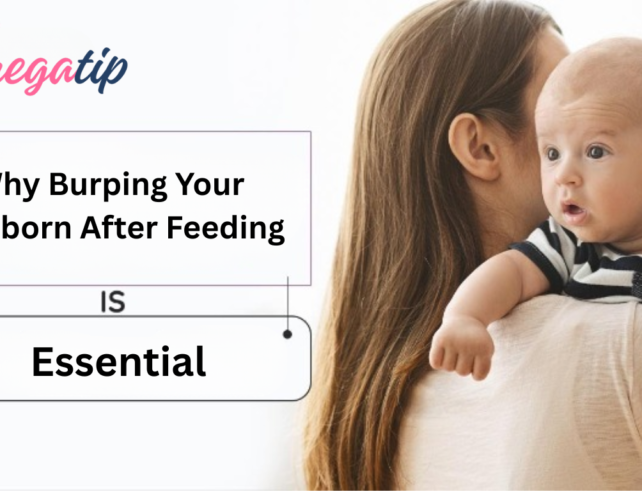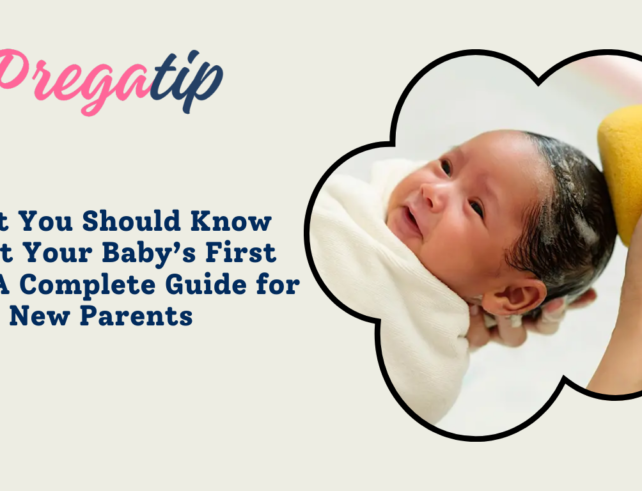Recognising And Soothing Teething Discomfort In Your Baby

Teething marks a significant developmental milestone in your baby’s life, yet it often accompanies discomfort. It’s crucial for parents to recognize and alleviate teething discomfort effectively. This article delves into the signs of teething and provides guidance on easing discomfort during this challenging period.
Understanding Teething
a. Commencement of Teething
Teething typically begins around six months of age, but the onset may vary among infants. While some may start as early as three months, others might not begin until after their first birthday.
b. Teething Process
Teething is a gradual process wherein the baby’s teeth emerge through the gums, often causing discomfort and irritability.
Recognizing Teething Discomfort
a. Indicators of Teething
Identifying signs of teething is crucial. Common signs include:
- Fussiness: Teething often leads to irritability and increased crying.
- Excessive Drooling: A typical symptom, teething often results in increased saliva production.
- Swollen Gums: Gums may appear red, swollen, and tender.
- Chewing and Biting: Babies often seek relief by gnawing on objects.
- Sleep Disturbances: Discomfort can disrupt sleep patterns.
- Loss of Appetite: Sore gums may reduce interest in feeding.
- Ear Pulling: Babies may tug at their ears due to referred pain.
b. Teething Timeline
Although teething discomfort varies, it generally follows a predictable sequence. Typically, the lower incisors emerge first, followed by the upper incisors, molars, canines, and second molars.
Soothing Teething Discomfort
a. Safe Teething Toys
Choose BPA-free, non-toxic teething toys that are easy for your baby to hold and chew.
b. Chilled Teething Rings
Chilled teething rings can provide relief by numbing sore gums, ensuring they’re clean and not excessively cold.
c. Teething Biscuits
Opt for age-appropriate teething biscuits, offering a firm surface for chewing.
d. Gum Massage
Gently massage your baby’s gums with clean fingers or a soft cloth to alleviate discomfort.
Over-the-Counter Remedies
a. Teething Gels
Consult your pediatrician before using teething gels containing mild anesthetics to numb gums temporarily.
b. Pain Relievers
In cases of severe discomfort, your pediatrician may recommend infant-appropriate pain relievers like acetaminophen or ibuprofen.
Natural Remedies
a. Cold Washcloth
A chilled, clean washcloth can offer relief when chewed on by your baby.
b. Amber Teething Necklaces
While controversial, some believe amber teething necklaces release natural oils that soothe teething discomfort. Consult your pediatrician for guidance.
c. Herbal Teas
Chamomile tea, if age-appropriate and approved by your pediatrician, can have a calming effect.
Maintaining Comfort and Routine
a. Comforting Cuddles
Provide emotional support by holding and comforting your baby during this challenging time.
b. Distractions
Engage your baby with playful distractions to divert their attention from teething discomfort.
Caring for Teething Babies
a. Oral Hygiene
Initiate gentle oral care by wiping your baby’s gums with a soft cloth or introducing a baby toothbrush once the first tooth appears.
b. Feeding Adjustments
Offer softer foods if your baby shows reluctance to feed due to sore gums, avoiding hard or crunchy items that may exacerbate discomfort.
When to Consult a Pediatrician
a. Persistent Discomfort
If your baby’s teething discomfort persists or is severe, or if you suspect other health issues, consult your pediatrician.
b. Fever or Other Symptoms
While teething may cause a slight increase in body temperature, a high fever or concerning symptoms require medical attention.
Teething discomfort is a challenging but manageable phase of early parenthood. By recognizing teething signs and employing safe soothing methods, parents can effectively alleviate their baby’s discomfort. Remember to provide comfort, emotional support, and consult your pediatrician as needed. With care and attention, you can help your baby navigate teething with greater ease and comfort.



